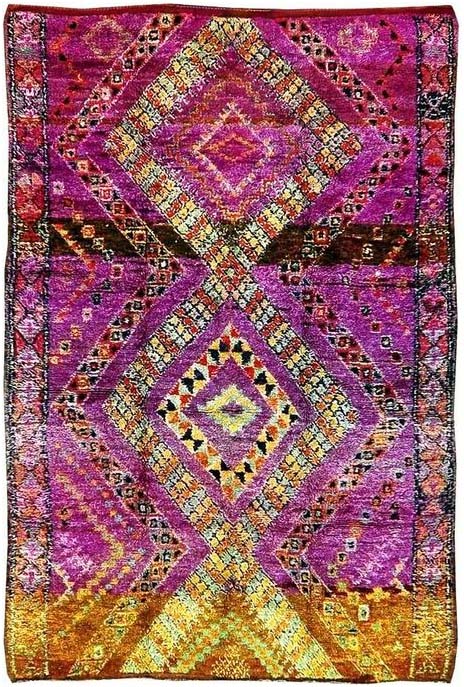THE red carpet is most often associated with celebrity. But back in the days of knights and princesses, a red rug was laid down for royalty or someone of high status. Today it is possible to buy almost any type of rug, which for many of us can be confusing. Here's a rundown of the most common types of rugs and their uses.

Tufted rugs make up the vast majority of the rugs and carpets sold. The tufted material is injected into a backing material, which is then bonded to another material, often hessian, for added strength. Knotted rugs can be machine or handmade. The thread making up the carpet is pulled through the backing material and arranged in colourful patterns.
Woven rugs are created on a loom, and is the oldest technique used to create rugs. Both loop pile and cut pile rugs and a combination style can be made this way. Flat weave rugs use threads, or long pieces of material, which are woven in and out of the cotton instead of being tied around it. Soumak, dhurrie and kilim rugs are all flat weave rugs.

Over the years, the Persian rug has gained a cult-like following. These rugs are incredibly elegant and their patterns tend to be elaborate as they're often crafted by hand. Embroidered rugs and aubussons are also highly collectable and were traditionally hand stitched onto a cotton or linen backing, held taut by a frame.

One of the best ways to tell the difference between hand knotted and machine made rugs is to look at the back of the rug. In hand knotted rugs the weaving and the knots will be slightly uneven, while a machine made rug will look perfectly even. The more detail in the design seen on the back, the better the quality of the rug.



















Your Message